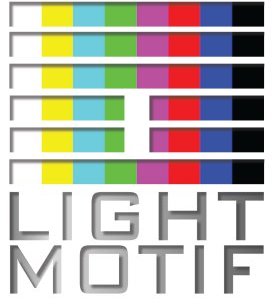The Video Home System (better known by its abbreviation VHS) is a video tape recording standard developed during the 1970s by a Japanese company, JVC.
It was first marketed to the public on October 1, 1977. During the late part of the 1970s and the early 1980s, the home video industry was involved in the VHS vs. Betamax war, which VHS would eventually win.
Advantages of VHS include longer playing time, faster rewinding and fast-forwarding, and a less complex tape transport mechanism. The open standard used for VHS technology allowed mass production without licensing costs. VHS would eventually succeed as the dominant home video format, surpassing others by the mid-1980s and into the 90s.
S-VHS (Super VHS) is an improved version of the VHS standard for consumer video cassette recorders. It was introduced by JVC in Japan in April 1987.
Like VHS, the S-VHS format uses a "color under" modulation scheme. S-VHS improves luminance resolution by boosting the luminance carrier from 3 MHz to 5.4 MHz. This produces a 60% improvement in (luminance) picture detail, or a horizontal resolution of 420 lines per picture height versus VHS's 240 lines.
We use a number of different VHS machines such as the Sony SVO-5800 and the JVC BR600U for PAL and NTSC transfers.
We can also convert NTSC to PAL when required.
|

